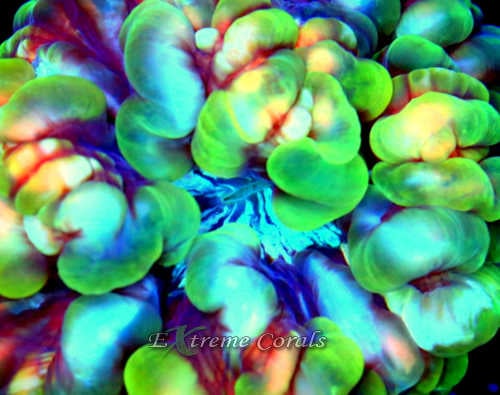Extreme Corals News and Updates
Reef Resplendence: Mastering Live Coral Care
Essential Techniques for Thriving Reef Tank Ecosystems
Uncover crucial techniques for vibrant live coral care in reef tanks. Explore tips for maintaining optimal water parameters, lighting, and nutrients for a flourishing reef ecosystem.
by Test test • March 22, 2024
Importance of caring for live corals
Live corals are sensitive and require proper care to thrive in reef tanks. Caring for live corals is important to maintain a vibrant and healthy reef ecosystem. Here are some essential tips for maintaining live corals:
- Proper water parameters such as temperature, pH, and salinity are crucial for the health of live corals.
- Adequate lighting is essential to support the photosynthetic processes of the corals and the symbiotic algae living within them.
- Regular water testing and maintenance to ensure optimal water quality for the corals to flourish.
- Providing proper supplementation of essential elements and nutrients to support coral growth and coloration.
- Avoiding overstocking the tank to minimize competition for space and resources among the corals.
- Regular observation and monitoring of the corals for signs of stress, disease, or predation to address any issues promptly.
By understanding the importance of caring for live corals and implementing these essential tips, you can create and maintain a vibrant and thriving reef tank environment.
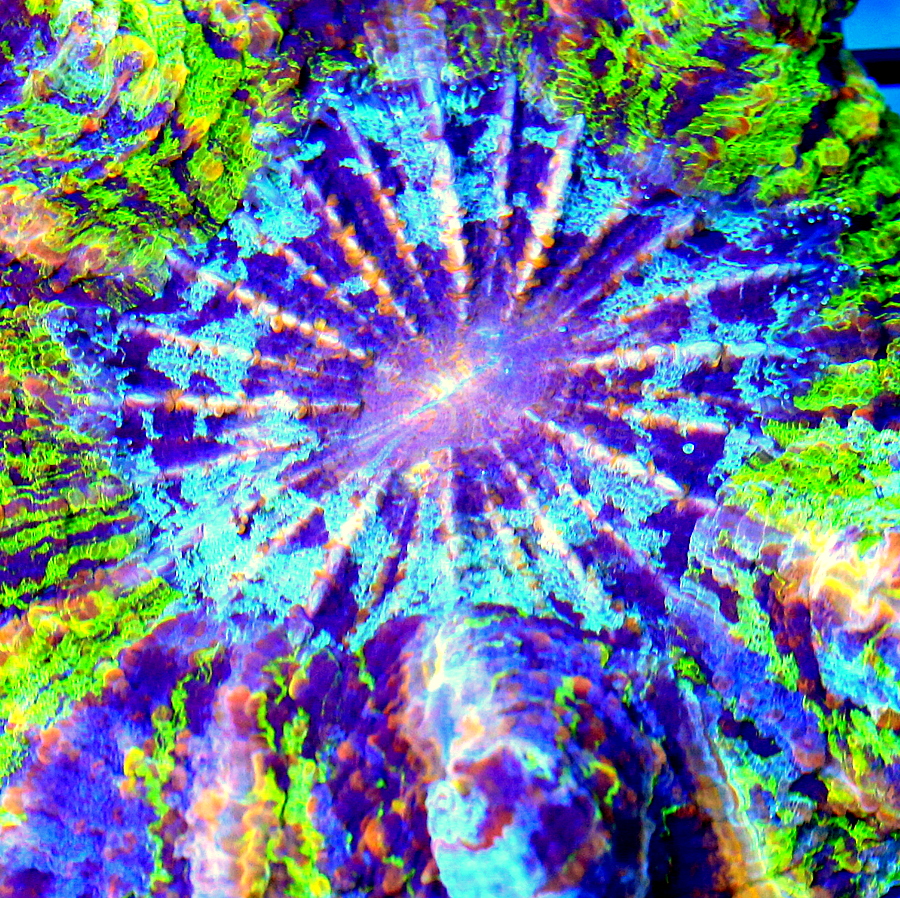
Types of live corals in reef tanks
There are three main types of live corals that are commonly found in reef tanks:
- Soft corals: These corals have a fleshy texture and can sway with water movement. They are generally easier to care for and can add beautiful color and movement to your reef tank. Examples include mushroom corals, leather corals, and xenia corals.
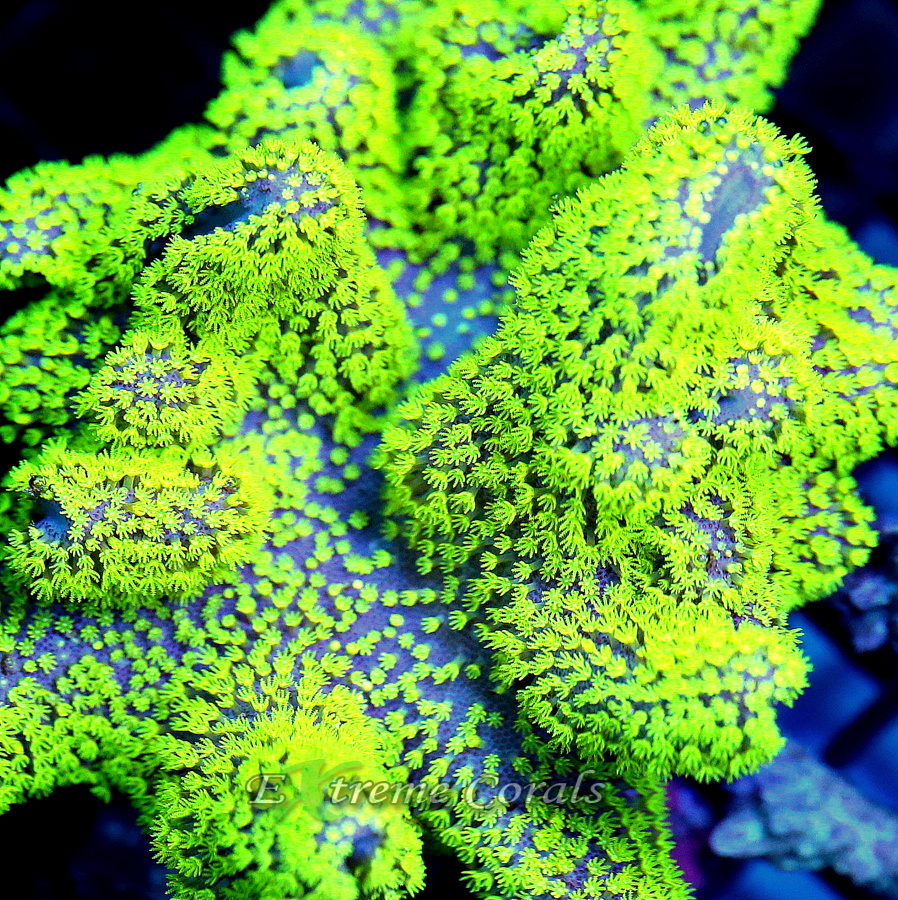
- LPS corals: Short for "Large Polyp Stony" corals, these corals have large fleshy polyps and a hard calcium carbonate skeleton. They require moderate care and can add interesting shapes and vibrant colors to your reef tank. Examples include brain corals, torch corals, and hammer corals.
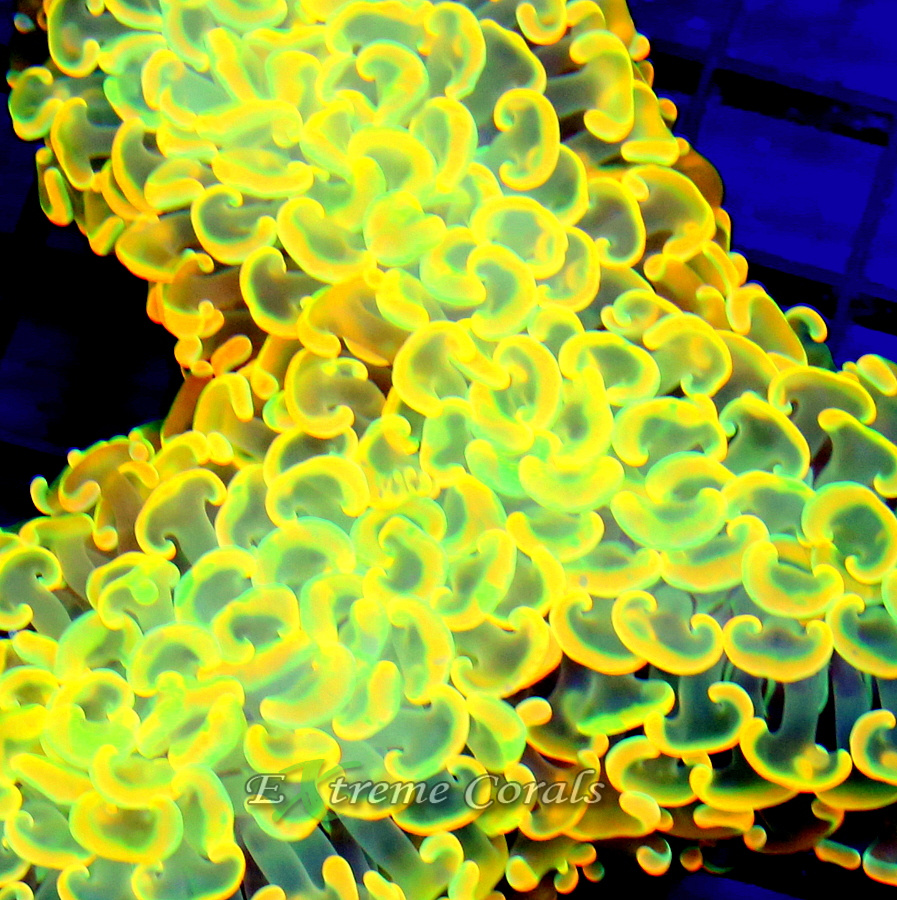
- SPS corals: Short for "Small Polyp Stony" corals, these corals have small polyps and a hard, intricate skeleton. They require more advanced care and specific water conditions, but they can create stunning reefscapes with their branching and colorful appearance. Examples include acropora, montipora, and pocillopora corals.
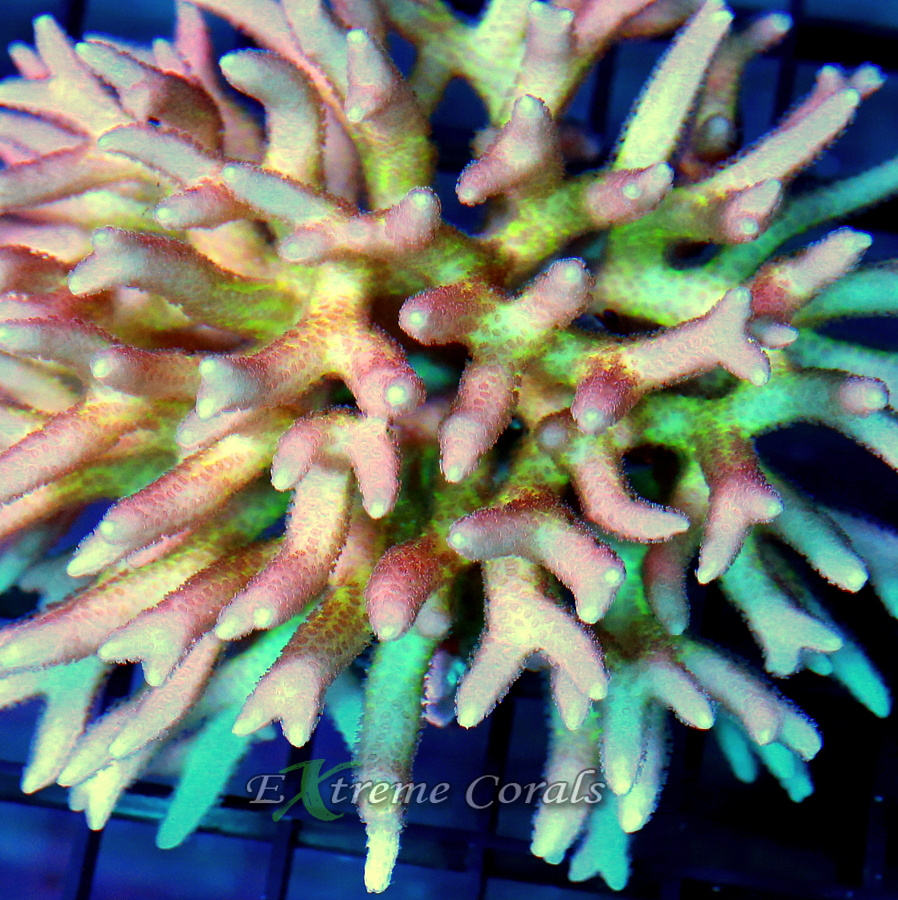
Essential water parameters for live corals
Maintaining proper water parameters is crucial for the health of your live corals. Here are some essential tips to keep in mind:
- Temperature: Maintain a consistent temperature between 72°F to 78°F for optimal coral growth and health.
- Salinity: Keep the salinity level of your reef tank at 1.025, which mimics the natural seawater environment.
- pH: Aim for a pH level between 8.1 to 8.4 to create a stable and suitable environment for your live corals.
- Alkalinity and Calcium: Regularly test and adjust the alkalinity and calcium levels to support the growth of coral skeletons and maintain their vibrant colors.
Lighting for maintaining vibrant live corals
LED lights are the best choice for maintaining vibrant live corals in reef tanks. They provide the necessary spectrum of light for coral growth while consuming less energy and producing less heat than other types of lighting. Make sure the LED lights have a high PAR (Photosynthetically Active Radiation) output, as this is crucial for coral health. Additionally, consider using a timer to simulate natural daylight cycles, with 10-12 hours of light per day for optimal coral growth.
Proper water flow and circulation
Adequate water flow and circulation are crucial for maintaining a healthy reef tank. They help to prevent the buildup of debris and ensure that essential nutrients reach the corals. Proper water flow also promotes the removal of waste and the dispersion of oxygen, which are vital for the well-being of live corals. Insufficient water flow can lead to the accumulation of detritus, which can harm the corals and lead to poor water quality. This can be achieved through strategically placing powerheads and wave makers in the tank to create gentle, yet effective, water movement.
Nutrient requirements for live corals
It's important to provide essential nutrients to your live corals, as this will help maintain their vibrant and healthy appearance. The main nutrients required by live corals are calcium, magnesium, and strontium. These nutrients can be provided through regular water changes, the use of specialized reef salt mixes, and the use of supplements. It's important to monitor the levels of these nutrients in your reef tank to ensure that your live corals have everything they need to thrive.
Aquascaping for live corals
When aquascaping for live corals, it's important to create an environment that mimics their natural habitat. Here are some essential tips to help you achieve vibrant reef tanks:
- Rocks and Sand: Use live rock and sand to create a stable foundation and provide natural hiding places for the corals.
- Flow and Lighting: Ensure proper water flow and lighting to simulate the conditions of their native environment, promoting coral health and growth.
- Placement: Carefully consider the placement of corals to prevent shading or overcrowding, allowing each coral to thrive.
- Water Parameters: Maintain stable water parameters, including temperature, pH, and salinity, to support the delicate balance within the reef tank.
Common challenges in maintaining live corals
Maintaining live corals can be challenging due to specific factors that can impact their health and vibrant appearance. Some common challenges include:
- Water Quality: Ensuring optimal water parameters such as temperature, salinity, pH levels, and nutrient levels is crucial for the well-being of live corals.
- Lighting: Providing the right intensity and spectrum of light is essential for the photosynthesis process of the corals’ symbiotic algae, which is vital for their growth and coloration.
- Water Flow: Proper water flow is vital to prevent the accumulation of detritus and ensure the corals receive the necessary nutrients and oxygen.
- Pests and Predators: Protecting corals from pests like flatworms, nudibranchs, or predators such as certain fish species is crucial to maintain their health and prevent damage.
- Disease Prevention: Taking measures to prevent diseases like coral bleaching, tissue necrosis, and other common coral ailments is necessary to ensure the long-term viability of the coral reef tank.
Coral fragging and propagation
Coral fragging and propagation is the process of separating a piece of coral from the original colony to create a new coral. It is commonly done in reef tanks to increase coral populations and for trading among hobbyists. Here are some essential tips for successful coral fragging and propagation:
- Use sharp, clean tools to minimize stress and damage to the coral.
- Ensure proper water quality and lighting for the new frags to thrive.
- Give the frags time to heal and settle before moving them to their permanent location in the tank.
Tips for long-term vibrant live corals in reef tanks
To keep live corals vibrant in your reef tank for the long term, it's important to pay attention to essential factors. Here are a few tips to help you achieve this:
- Ensure proper lighting, as live corals need the right amount and type of light to thrive.
- Maintain stable water parameters, including temperature, salinity, and pH levels.
- Regularly test and monitor water quality to ensure optimal conditions for live corals.
- Provide adequate and consistent water flow within the reef tank to prevent stagnation and promote coral health.
- Choose suitable coral species for your tank, considering their compatibility with other inhabitants and environmental requirements.

